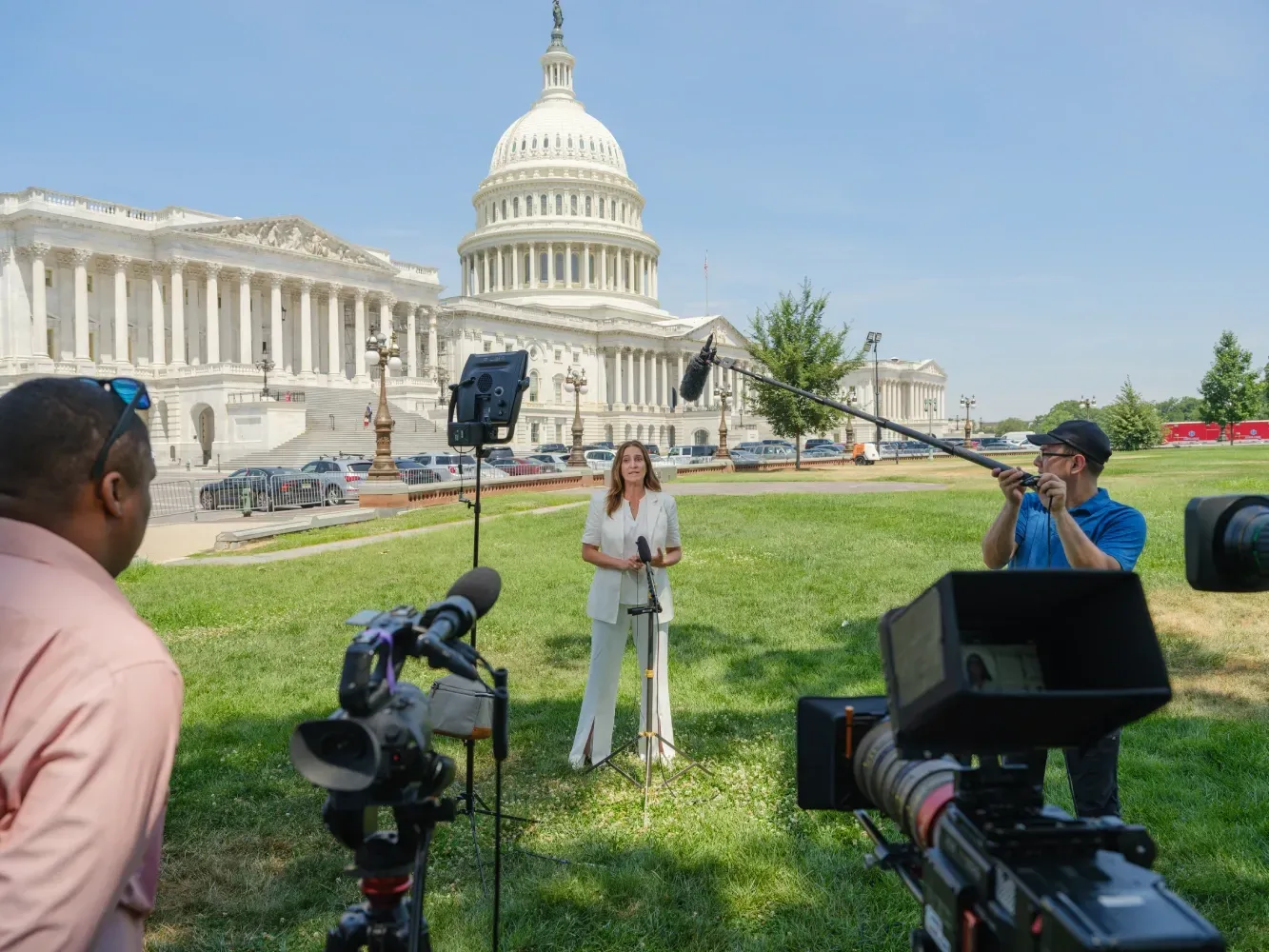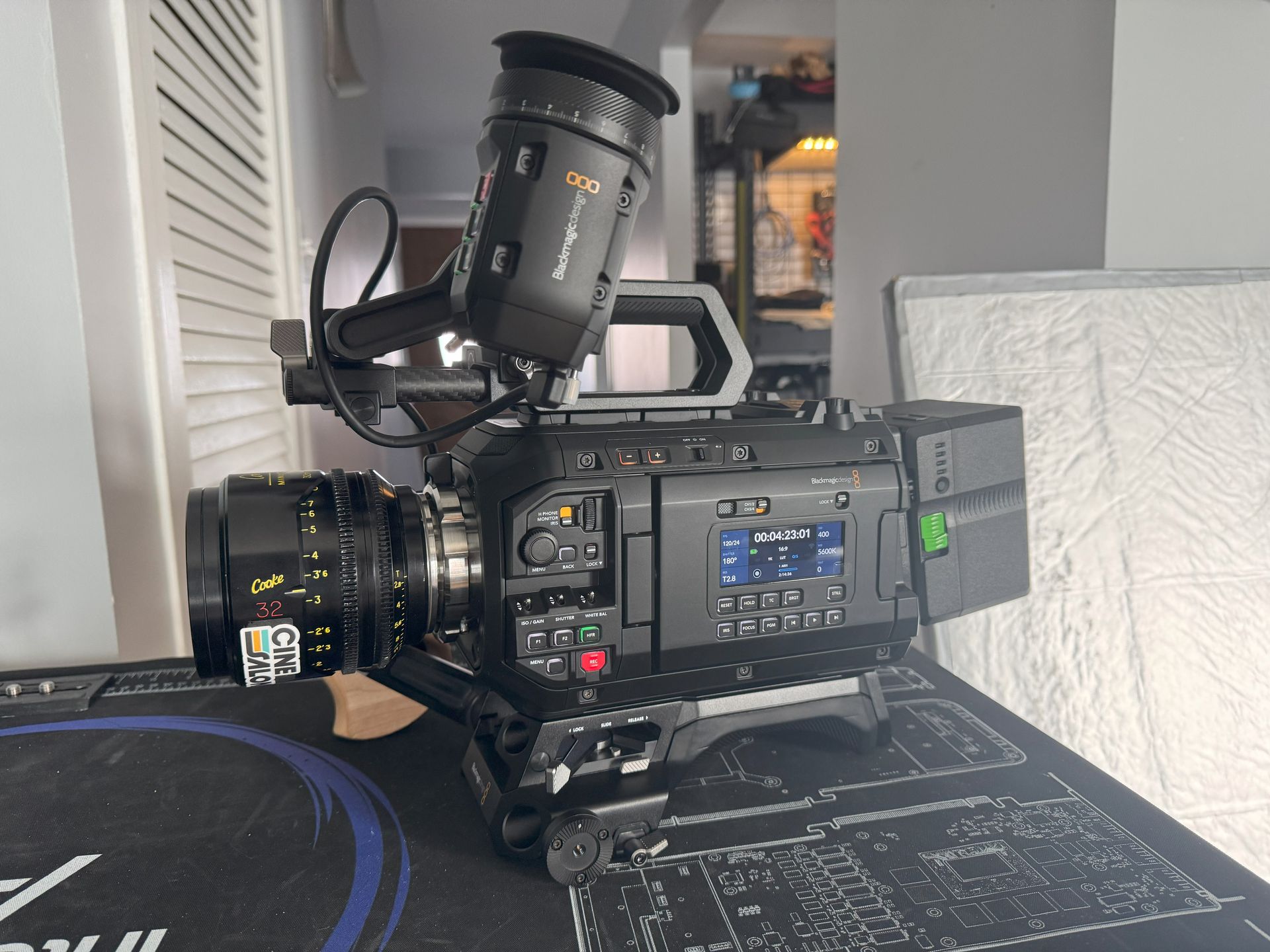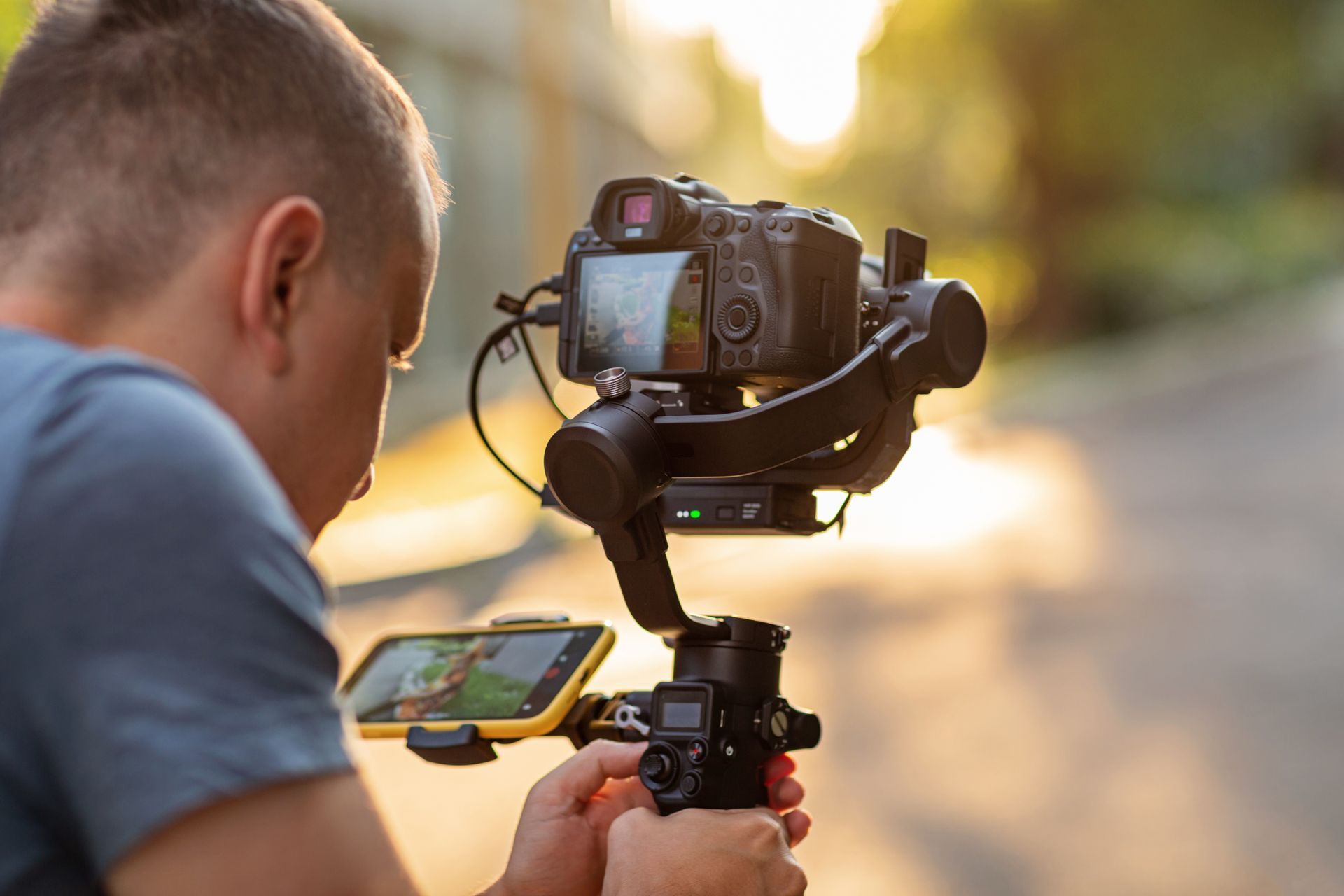Video content is valuable in this digital era. If you do videos, there will be times when you need to record voice-overs.
In fact, a background voice for video is what you need to keep it from being on the dull and boring side.
However, some people are horrified at sharing their own voice to the world and resort to using software that voices out whatever they type for the video. The thing is, most of these software are obviously robotic because of their flat monotone voice.
Hearing this type of audio on videos can immediately turn off people. We all prefer to listen to someone real. If you knew the right way to do voice-overs, you could make your videos work their purpose!
Elements of a good voice-over
Pronunciation and enunciation
Local and regional accents are acceptable within their areas, but it could be confusing for other people from other locations.
Pacing
Vocal tone and inflection
Audioclarity
Volume
Why is voice-over quality important for your video?
The audio part of your video is just as important as the visual part of your video.
You can have a visually pleasing video, but your viewer is more likely to stop watching it if it has terrible audio.
Yes, the visual elements are the major components of your video. Still, the audio is actually what helps people understand clearly the message that you want to deliver.
How can you plan your video to work with your voice-over?
How to identify if a scene needs a voice-over?
A good voice over don should be clear, concise, and emotionally communicate to the audience what the video is about, whether it's asking the audience a question, rallying to act for a cause, or merely a narrator
telling a story.
Your video should have a purpose, and your voice-over can help deliver that message clearly. You can use the voice-over script to emphasize the critical points of your message.
Another example is
creating a video for a lifestyle show, and you need the audience to feel a certain vibe or emotion along with the video. Inserting a voice-over might prevent that from happening since it would divert their attention from the visuals.
How to pick the right voice actor?
Yes, there are talented and epic voice actors like Morgan Freeman and James Earl Jones. Since you might not be able to afford them, you might be looking for someone with a voice of the same caliber.
The production process of making a voice-over video
1 . Write a script
People think that you should shoot the video first then do the voice-over. The truth is, it is better to start with a script.
2. Record the voice-over later
3. Save the voice-over as a separate audio track
4. Hire a voice actor and rent out a recording studio
Now that you know how to record your voice-over and save the recording, it is time to do the recording itself by hiring a voice actor and booking a
recording studio. If you know of a good quiet place, you can also do the recording there with a high-quality microphone and an audio recorder.
5. Work on the final mix
6. Finish your video
How to record a voice-over by yourself?
It’s not a big deal! Once you accept your voice and find the confidence, you can do the voice-over for your video yourself.
1. Find a quiet place
2. Use an external microphone
3. Set your volume levels
4. Do a test recording
5. Check your test recording
6. Make adjustments
7. Do the final voice-over
8. Edit the audio
9. Sync your audio and video
10. Finalize your video
Last thoughts
Adding voice-overs to your videos can help you bond better with your viewers and get your message across! It is a very simple way to engage with viewers and turn them into customers.
Now that you know what is voice over, their value, and how they work, you can easily use them to your advantage.
A s you can see, you do not need a professional setup to add voice-overs to your video, but working with a
production team has its benefits too.

Get total clarity on your video marketing and paid media with our FREE comprehensive data audit.







